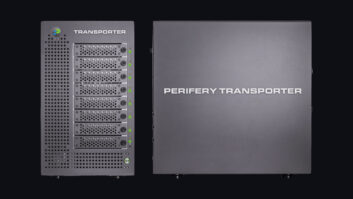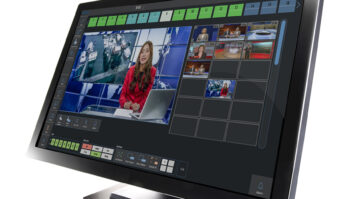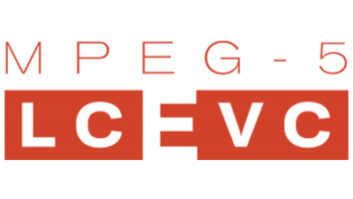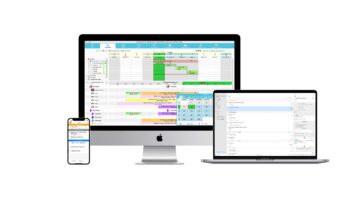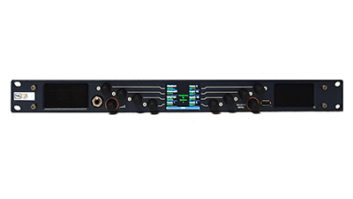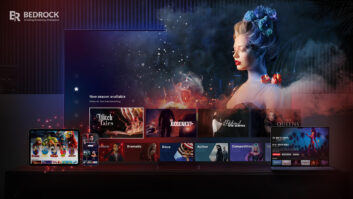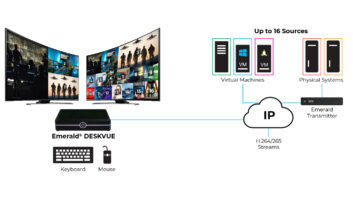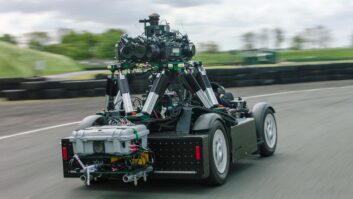Annette Hopland, product owner at Appear, tells TVBEurope why she believes SRT will continue to gain traction as the standard evolves, and suggests vendors shouldn’t always rush to be first to market.
What impact has the pandemic and its continuing aftereffects had on the company’s approach to R&D and product development?
Our approach to R&D is that we always design products that are simple to use, make a real difference to our customers, and provide the highest functionality through a combination of modular hardware and software – and other than needing to collaborate remotely, the pandemic had no impact on that approach.
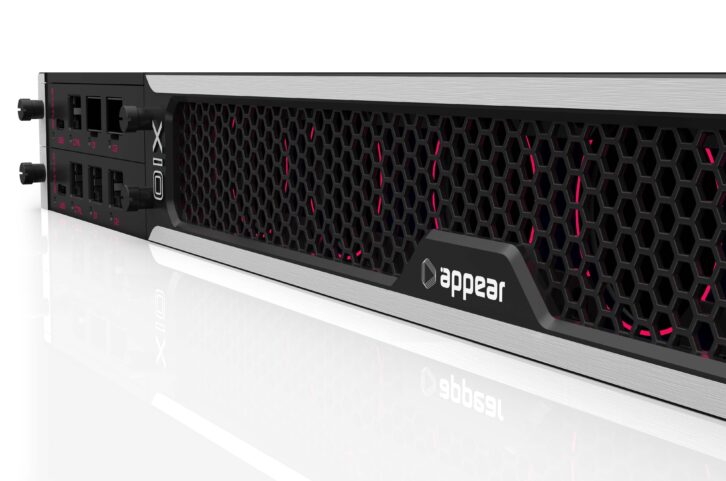
However, the pandemic did magnify existing semiconductor shortage issues and caused disruptions in supply chains and logistics. When the pandemic hit, broadcasters faced two problems: needing to create more content for viewers in isolation, while also keeping their own personnel safe while producing that content. This accelerated the rise in remote production and demand for solutions, like Appear’s X Platform, that enable remote workflow adoption for remote production, leading to an appreciable uplift in demand for our X Platform. With all our test and verification tools already available remotely, we were well equipped to manage this transition pre-pandemic, enabling us to continue serving our customers throughout the pandemic.
What are the biggest challenges you are facing in R&D and product development/deployment in the current landscape?
We think the greatest challenge is always answering the question: Out of the ten things you could do, which three should you do, and how do these interact with each other and your existing solution portfolio? One of the ways we’ve addressed this is by transforming our internal infrastructures and test methodologies to support continuous delivery in the most relevant fields of R&D.
Another challenge is to avoid putting being first to market too high on your wish list. We aren’t always first to market, but we do everything we can to make sure we’re the best on the market. SRT is an example of where we want to be: because we understood the importance of hardware-accelerated SRT early, we were first to launch a non-server-based solution and we believe we are and will stay best-in-class too.
Talent acquisition is another ongoing challenge; hiring enough developers to maintain our customer demands and skillsets requires an ongoing focus on recruitment in an otherwise competitive pool.
Where do you see the most opportune areas for innovation in your area of the market, and what tech/solutions will drive that development?
We see the live sports contribution market as a real hotbed of innovation. The convergence of cutting-edge technologies such as advances in 5G connectivity, AI-driven video analytics, and cloud-based production solutions are truly transformational. These innovations enable broadcasters to match transport cost with content value with faster, more reliable, and cost-effective sports broadcasting, real-time data analysis, personalised viewer experiences, and immersive content. As a leading provider in this domain, we are leveraging these opportunities to drive the development of our solutions and enable our customers to provide better consumer experiences.
What are you working on currently that excites you as a product team, and what can we expect to see at IBC 2023?
SRT will continue to gain traction as the standard evolves and as the cost advantages of deploying SRT over the public internet become increasingly obvious. At IBC 2023 we will demonstrate how our focus on efficiency and elegant engineering enable us to be the global leader in live event contribution. The on-site team will share updates on initial trials of hardware accelerated SRT and demonstrate project deployments with major media enterprises.
We’re also working with several tier-one operators to assess their cloud strategies and in some instances ‘de-cloudify’ their media workflows. Our NEO Series is used by several operators, including Sappa and A1 Croatia, as an on-premise solution to optimise their approach to media infrastructure. This on-premise live transcoding solution assists broadcasters and operators through the intricate process of technological realignment. By facilitating the transition from cloud to on-premise or hybrid, these organizations can redefine their strategies and achieve cost and performance efficiencies in the process.
